Benefits of Portfolio Rebalancing
We at Beacon Financial Strategies, believe that rebalancing is an integral component of the investment management process. In this presentation, Chip Hymiller, AIF®,CFP® explains the concept of rebalancing and discusses the advantages of implementing a portfolio rebalancing strategy.
Transcript
Hello, in this presentation, I will be explaining the concept and discussing the advantages of implementing a portfolio rebalancing strategy. I will also walk you through an example.
Well, we at Beacon Financial Strategies, believe that rebalancing is an integral component of the investment management process. Rebalancing is simply the process of adjusting a portfolio’s stock/bond mix, or asset allocation, back to your “target” allocation.
Rebalancing is simply the process of managing the risk profile of your portfolio. While managing portfolio risk may not be as important for those in the “accumulation, or savings phase” who have many years ahead of them to recover from portfolio declines, it is especially beneficial for pre-retirees and retirees who are in, or entering the “distribution phase.”
With that in mind, I think it is helpful to go through an example, so that you can actually see the benefits that rebalancing can provide.
In this example, it was determined through the planning process that the most appropriate stock/bond mix for this individual is to have a 60% allocation to stocks and 40% allocation to bonds and their $1 million dollar portfolio was invested in this manner with $600,000 in stocks and $400,000 in bonds.
In the first year, stocks were up 30% and bonds were up 5%.
This was a great year of performance, but you will note that, for this individual, after this exceptional return period, that their allocation has drifted to 65% stocks and 35% bonds – so they are essentially taking more risk, than they originally intended.
Unfortunately, in Year 2, returns were not as good. In fact, stocks declined by 25%. Thankfully, bonds held their own and returned about 3%. Given the significant decline in stocks for the year, this investor’s stock allocation has declined from 65% down to 57%; 3% less than their target allocation to stocks.
Thankfully, in Year 3, returns improved. Stocks advanced by 17% and bonds advanced again by 2%.
You will note that in this example, that after 3 years, this investor’s portfolio has grown to about $1.125 million dollars. Not a bad return, but there was quite a bit of variability especially in the stock portion of their portfolio.
Now, let’s take a look at the impact rebalancing has over the course of the same time period.
You will note that after the great returns of Year 1, that the not-rebalanced and the rebalanced portfolio have the same ending values. However, in the rebalanced portfolio, you will note in the “post-rebalance” allocation table, that going into Year 2, the stock allocation is $60,000 less than the portfolio that isn’t rebalanced.
It turns out that this is pretty beneficial because in Year 2 stocks decline by 25% so the investor who employs a rebalancing strategy, has preserved more of their portfolio by selling stocks after a great return year, and reinvesting these profits into bonds – which tend to be more conservative investments.
At the end of Year 2, rebalancing happens again. This time, through the rebalancing process, trades are placed to sell bonds, which held up in the downturn and buy stocks.
Rebalancing brings this investor’s portfolio back to their targeted 60% stocks and 40% bond allocation, where in Year 3 both stocks and bonds advance.
After rebalancing at the end of Year 3, if we compare overall performance between the portfolio that does not employ a rebalancing strategy with the portfolio that rebalances annually, you will note that the rebalanced portfolio has achieve a higher return, given the sequence of returns in this example.
It is important to remind you that the purpose of implementing a portfolio rebalancing strategy is not to enhance performance, but rather to control risk.
Controlling portfolio risk is especially important for those investors who are in, or approaching retirement or taking portfolio distributions. I hope you have found this web presentation to be beneficial. If you have any questions, feel free to contact our office.
Chip Hymiller, AIF®, CFP® is a principal and founder of Beacon Financial Strategies. Outside the office, he enjoys spending time with his family in the mountains and playing golf.

